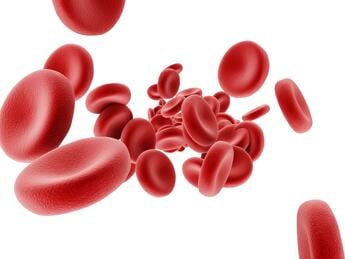RheoSense, Inc. (San Ramon, CA) – Hemodynamics is the study of fluid dynamics in blood flow. Characterizing and understanding flow behavior is key in diagnostics and treatment of blood related conditions. Viscosity is possibly the most important parameter to characterize the different phenomena observed in blood flow.
Oursmall sample viscometer, microVISC™, has been successfully validated for measuring serum viscosity in a clinical setting. It is essential to measure serum viscosity to analyze Hyperviscosity Syndrome (HVS).
According to Medscape.com, HVS is marked by an increased serum viscosity usually resulting from increased circulating serum immunoglobulin and can be seen in such diseases as Waldenström macroglobulinemia and multiple myeloma. HVS can also result from increased cellular blood components (typically white or red blood cells) in hyperproliferative states such as the leukemia, polycythemia, and the myeloproliferative disorders. It is also related to a number of syndromes associated with the increase in viscosity of blood including, plasma cell dyscrasia, Myeloma, and connective tissue diseases.

An increase in the viscosity of blood can lead to a number of complications with the transport of blood making it imperative to detect HVS as soon as possible to reduce serious risks.
Dr. Rogers and Dr. Faby of Memorial Healthcare System in Florida, validated their microVISC™ viscometer to test serum samples in a clinical laboratory. The sample results provided optimal precision, accuracy, and linearity runs within the reference range which was beneficial in analyzing patients.
Comparing the results with those of a cone and plate viscometer, it was concluded that the rapid and reproducible capabilities of microVISC™ viscometer can provide accurate measurements of serum viscosity more quickly and with a smaller sample. The instrument is stated to be "easy to use and maintain."
Read our application note about the protocols required to test whole blood using VROC® (Viscometer/Rheometer-On-a-Chip) powered viscometers, and learn about our technology's capability to overcome some of the challenges encountered by more conventional methods when dealing with blood samples.


